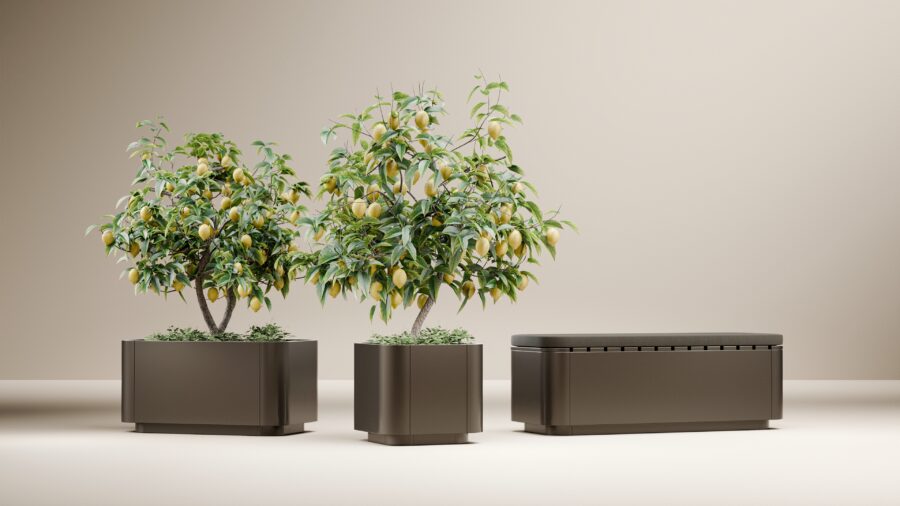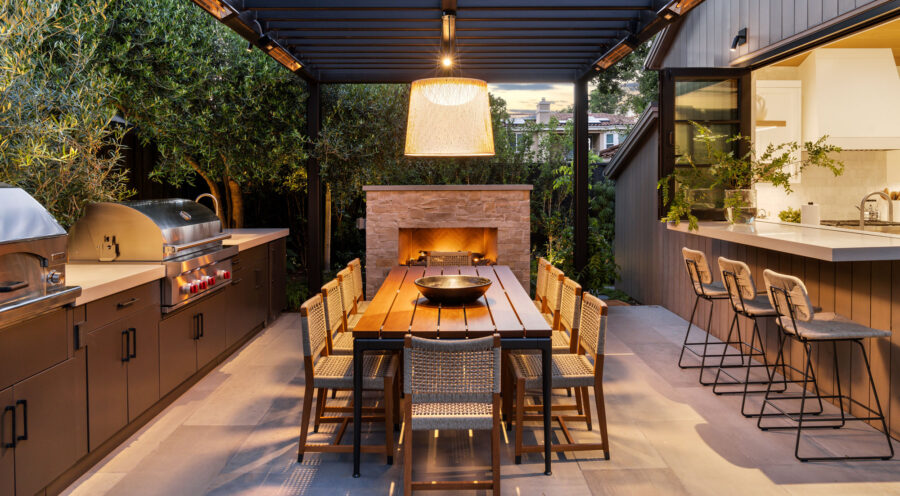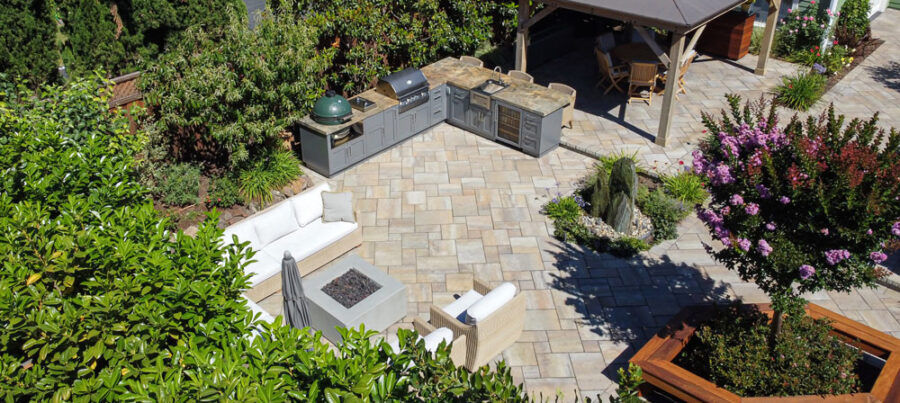Updated May 15, 2020.
Charcoal & Gas vs Infrared & Conventional — What does it all mean?

We all like to eat good, tasty food. Everyone who grills outdoors wants to achieve or exceed “restaurant quality” results, and do so consistently. With so many grills to choose from, and new ones constantly entering the market, many people find it difficult to decide which grill fits which needs.
When people say they like charcoal better than gas, they are usually referring to the taste of the final product. They feel they have more control over the fire with more consistent heat. In some respects, this is true. When the coals turn white hot, that’s the indicator to put the food on so it can be seared properly. You finish the cooking process by moving the food to a less hot area, which yields juicy, succulent food regardless of whether it is meat, fish or vegetables.
Gas grill manufacturers have tried to mimic that cooking process while giving the chef the convenience of gas – easy to light, continuous heat settings, less mess. However, homeowners are still in search for a better grill for the following reasons:
- Hot and cold spots due to the clogged and/or rotted burners, thus having to constantly move the food around
- Longer cook time during cooler temperature months
- Having to keep the grill cover closed, not allowing you to watch the food
- Dried out food due to fire temperatures not being hot enough to sear
The relationship between the type of food, heat and time allows for a very simple grilling process. By following guidelines and modifying them through experiences to match your specific tastes and degree of completion, it will allow you to consistently achieve great grilling results. Unlike infrared grills, the problem with conventional gas, natural or propane grills is their inability to be consistent.
With a conventional gas grill, your food is cooked using an indirect source of heat because you are really heating the air between the heat source and the food. It is referred to as convection heating because it is similar to cooking in an oven. Conventional grills have burners usually made from a metal (steel, stainless, cast iron, brass) tube with 35 or 40 jets and will reach a temperature of approximately 450°-600°. It doesn’t get hot enough to sear, and you have to cook with the lid down to maintain a consistent temperature. If there is a metal piece between the burner and the grate, sometimes called a “flavor enhancer,” the heat at the grate will not reach 600°. Attaining temperatures above 600° is very important for searing because meats need to be seared at temperatures of at least 650° and 700° to lock in the flavor and juices.
What is Infrared Grilling?
Infrared grilling is gaining popularity. An infrared grill is a grill that uses technology as the heat source or as an optional burner for cooking.
Like all kinds of cooking equipment, an infrared grill has advantages and disadvantages. Below are some pros and cons of using this type of grilling system.
What are the Advantages of Infrared Grilling?
- Great at searing meat as it maximizes flavor – Infrared grilling means your food Will retain up to 35% more of its natural juices which will maximize flavor
- An infrared grill takes little time to heat up and leads to quicker cooking times
- An infrared grill is easy to clean as food particles left behind will turn to ash when the grill is on high
- This grill will save you money as they are more energy-efficient as they burn less gas than other traditional gas grills
- Fewer flare-ups from grease and food particles
What are the Disadvantage of Infrared Grilling?
- Food can burn due to the intense heat
How Infrared Cooking Works
When the charcoal turns white on a charcoal grill, it is producing heat at approximately 1200°, which is classified as infrared heat. Infrared cooking has been used in commercial kitchens for over 50 years. Infrared burners produce a consistent heat so that restaurants can produce consistent quality and doneness regardless of the type of food! Every time you visit a Morton’s or Capital Grille, that’s how they get it right every time.
To achieve this same consistency and cooking quality for the home grilling market, several years ago the Thermal Engineering Corporation (TEC) obtained a patent to position an infrared burner below the food in a grill. These grills are powered by either natural gas or propane. They led the revolution that continues to this day with infrared grills. The burners in these grills are rectangular shaped ceramic, stainless or Inconel units with approximately 300 gas jets that reach a temperature between 1200° and 1400°. At these temperatures, you can truly sear food. These burners allow the cook to achieve white hot charcoal temperatures in 3 minutes, and maintain that temperature for as long as the cook needs to. That is the breakthrough of infrared grilling!
As the burner is heated to a very hot temperature, it starts to emit infrared radiation which cooks food and is independent of the surrounding air temperature. Using infrared heat to cook will make your foods taste more flavorful as the high heat locks in the moisture and natural juices. The thing to remember when cooking on infrared burners is to keep the grill lid open, sear for the appropriate short time, and use the two other settings on the control knob, medium and low, to finish the cooking process depending on the type of food. If the burner is left on high, you will burn everything. However, using your heat/time relationship and experience, you can cook anything and everything: meat, chicken, fish and vegetables. These grills heat in 3 minutes and food cooks in half the time of ordinary grills. And because of the consistent heat, the cooking times are unaffected by the air temperature because you are not heating the air to cook like with conventional burners. So a steak cooks the same in the winter as in the summer! Just remember your time and temperature relationship.
Many outdoor kitchens today include several types of grills depending on the type of cooking being done. Just like indoor kitchens where several cooking appliances from different manufacturers are used, the outdoor kitchen offers the same opportunity for “Best in Class” cooking appliances. Some of the popular products are Ceramic Egg smoker grills powered by charcoal, high output Power Burners that can boil large stock pots for lobsters, crabs, crawfish and shrimp, pellet grills and many others. I believe you will find the infrared grill ideal for direct-heat cooking. The infrared grill has made it possible to char broil steaks and other types of barbecuing that could formerly only be done with commercial equipment. The infrared technology is easy to use and will have you barbecuing great tasting food in a fraction of the time that it takes with traditional gas and charcoal grills!
Give Danver a call today to learn more about adding an infrared grill to your outdoor kitchen layout. Danver helps transform the outdoor living space. Happy Grilling!
This article is based on industry knowledge and research by outdoor kitchen design professionals, including our in-house experts and engineers with decades of experience.Our goal at Danver is to provide factual information on relevant topics to help readers make informed decisions about their outdoor living spaces.
This article uses trusted sources with references hyperlinked to the source material.



